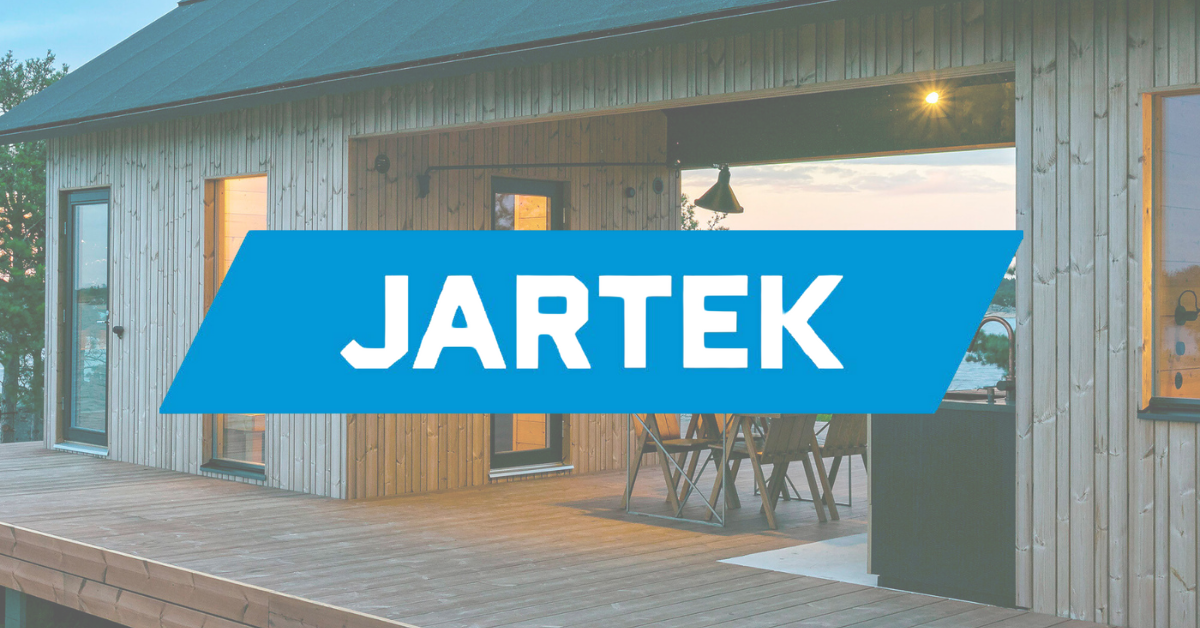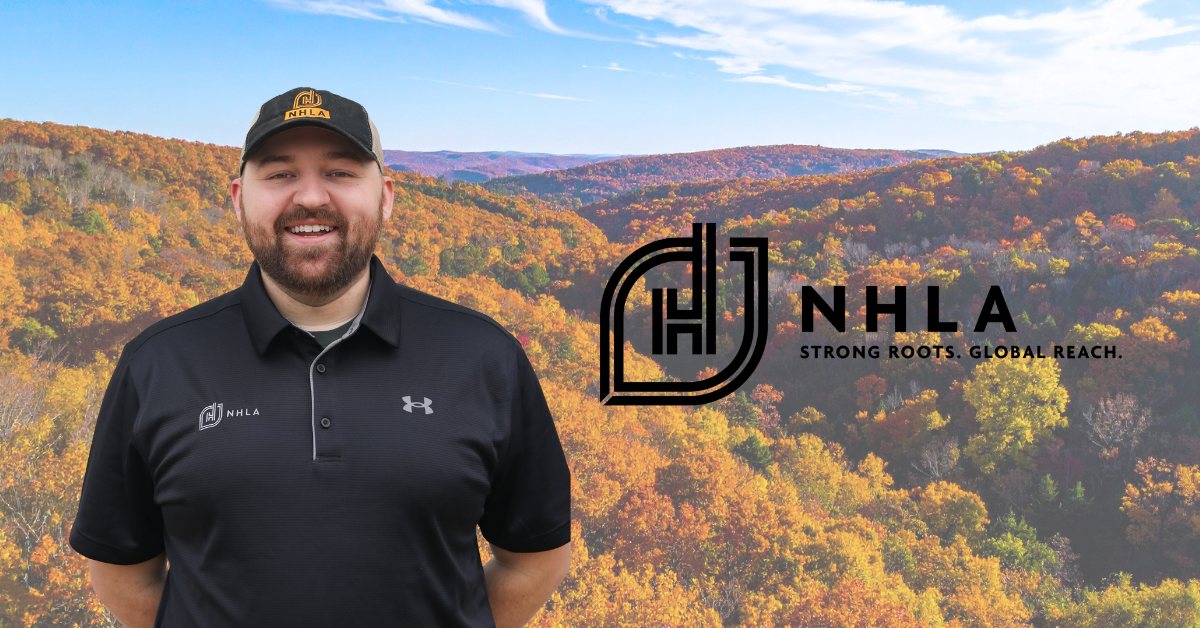Kiln Dried Rules and Shrinkage Allowances
One of the many challenges I face as the Chief Inspector of the NHLA is dealing with questions regarding the different stages in which lumber is inspected. In this month’s article, I would like to explain the rules for inspecting kiln dried lumber.
The rules were developed because the lumber is first inspected as air dried or green and then inspected again as kiln dried. So, when reading or studying the Rules Book, readers must be aware that the rules are written for inspecting green or air dried lumber, and shrinkage allowances are written for kiln dried lumber.
In the 2023 version of the Rules for the Measurement & Inspection of Hardwood and Cypress, on page 56; under the heading of Standard Kiln Dried Rule, it states:
Kiln dried lumber will be graded and measured as such; the grading rules for air dried lumber are to be applied in all respects unless otherwise specified. Rough kiln dried lumber specified 3/8” to 1-3/4” thick may be 1/16” scant of the nominal thickness; 2” and thicker may be 1/8” scant, and the 10% of scant quartered lumber admitted by Paragraph 36 may be 3/32” scant on one edge in 1” to 1-1/2” lumber and 3/16” on one edge in 2” and thicker. The minimum widths mentioned in all grades may be 1/4” scant in width. The 10% admitted by Paragraph 10 may be 1/2” scant in width. In other respects, the rules for grading air dried lumber shall apply.
Two different questions have been asked recently. The first was, what is the thickness of 5/4 walnut after kiln drying?
Green or air dried lumber that is cut 5/4 or 1 ¼” (31.75 mm) after kiln drying can be 1 3/16” (30.16 mm) thick at the thinnest cutting used in establishing the grade.
The second question was, is there any allowance for the minimum cutting widths after kiln drying?
The answer is complicated in that there are a couple of different areas we need to look at in the rules to explain.
If the board is of the minimum width for a particular grade, then the minimum sizes for the cuttings apply in all respects. If the board is below the minimum width and is covered under paragraph 10, Minimum Widths, on page 6, as written below, then you do have another option:
Ninety percent of the minimum widths mentioned in all grades of lumber shall be full width; the remaining ten percent may be up to 1/4” scant in width. This rule applies to each stock width and any specified width.
The option is listed under the grades of number 1, 2, and 3 common grades listed similar to the one standard cutting sizes as:
Minimum cutting: 4” wide by 2’ long or 3” wide by 3’ long, except that in pieces less than 3” wide, under the minimum width rule, Paragraph 10, cuttings the entire width of the piece are admitted.
The cutting sizes for boards that fall under the minimum board width and meet Paragraph 10 requirements allow for full-width cuttings; this would not allow a 2’ long cutting less than 4” wide to be scant. This would only apply to the 3” wide by 3’ long cuttings.
The allowances of thickness and width help compensate for the shrinkage that occurs during the drying process.
By Chief Inspector Dana Spessert
Share:
Related News & Blog

November 5, 2025

November 5, 2025
Questions?
Have questions or need any assistance regarding the NHLA Annual Convention & Exhibit Showcase?
